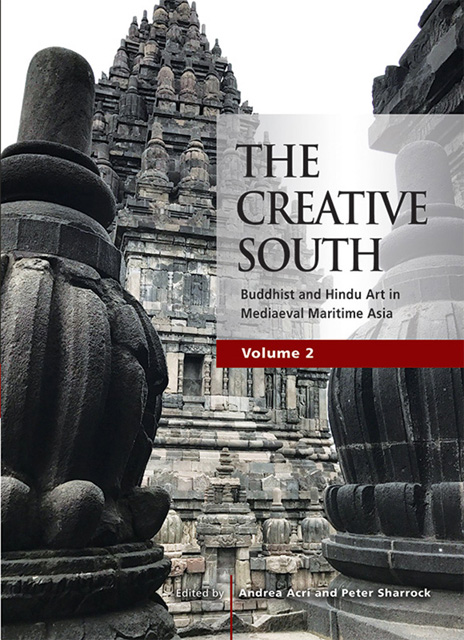Chapter 2 - Saviour ‘at the Time of Death’: Amoghapāśa’s Cultic Role in Late First Millennium Odishan Buddhist Sites
Published online by Cambridge University Press: 30 June 2023
Summary
In the late first millennium, bodhisattva Amoghapāśa (literally, ‘whose noose is unfailing’), a special appearance of Avalokiteśvara, was an important cultic figure at several contemporaneous Eastern Indian Buddhist establishments in Bihar and Odisha. At the same time, as surviving visual as well as textual evidence suggests, this bodhisattva was favoured over a large part of the Buddhist world in Japan, China, Southeast Asia, and Nepal. After the first millennium, the cult of this bodhisattva continued to gain greater popularity during later centuries in areas where Buddhism flourished. It is clear that sculpture representing bodhisattva Amoghapāśa was considered to have immense cultic efficacy across the Buddhist world. Why did this particular aspect of bodhisattva Avalokiteśvara gain distinctive eminence at Buddhist sites across Asia during the mediaeval period?
The likely reason behind the widespread relevance of Amoghapāśa's cult was his general role as a protector, along with his specific role associated with death and the afterlife. Janice Leoshko (1985: 135) briefly made an insightful suggestion regarding Amoghapāśa's funerary function at Gayā (Bihar, India). Nancy Tingley (2006: 76), too, pointed to the possible mortuary associations of this bodhisattva at Ratnagiri (Jajpur district) in Odisha. Focusing on extant sculpture recovered from archaeological sites in Odisha, particularly Ratnagiri, as well as textual records, this chapter will discuss the devotional and cultic significance of Amoghapāśa as a ‘saviour at the time of death’. While attending to the perceived role of this bodhisattva in early mediaeval South Asia, I will consider the physical locations of the large-scale stone sculptures of Amoghapāśa discovered at Ratnagiri, Odisha, and explore the development of this imagery within Indic iconography and funerary ritual. I will suggest that through a fresh interpretation of the relevance and meaning of his defining attribute, the pāśa, we can understand the association of Amoghapāśa with death-related rituals in India between the 8th and early 10th centuries. Amoghapāśa was associated with extending lifespans, saving the dead at deathbed and post-mortem rites, making his worship prevalent amongst Buddhist communities across Asia.
AMOGHAPĀŚA IMAGES IN INDIA AND BEYOND
The last quarter of the first millennium was a time of active patronage and expansion of Buddhist temple as well as monastic and pilgrimage sites in Eastern India (Leoshko 1988; Proser 2010).
- Type
- Chapter
- Information
- The Creative SouthBuddhist and Hindu Art in Mediaeval Maritime Asia, pp. 7 - 26Publisher: ISEAS–Yusof Ishak InstitutePrint publication year: 2022

